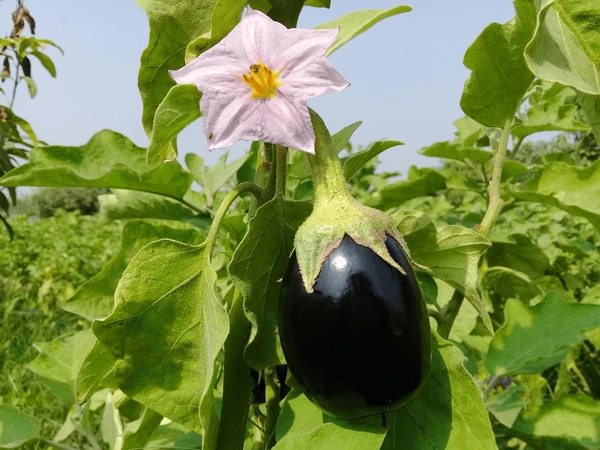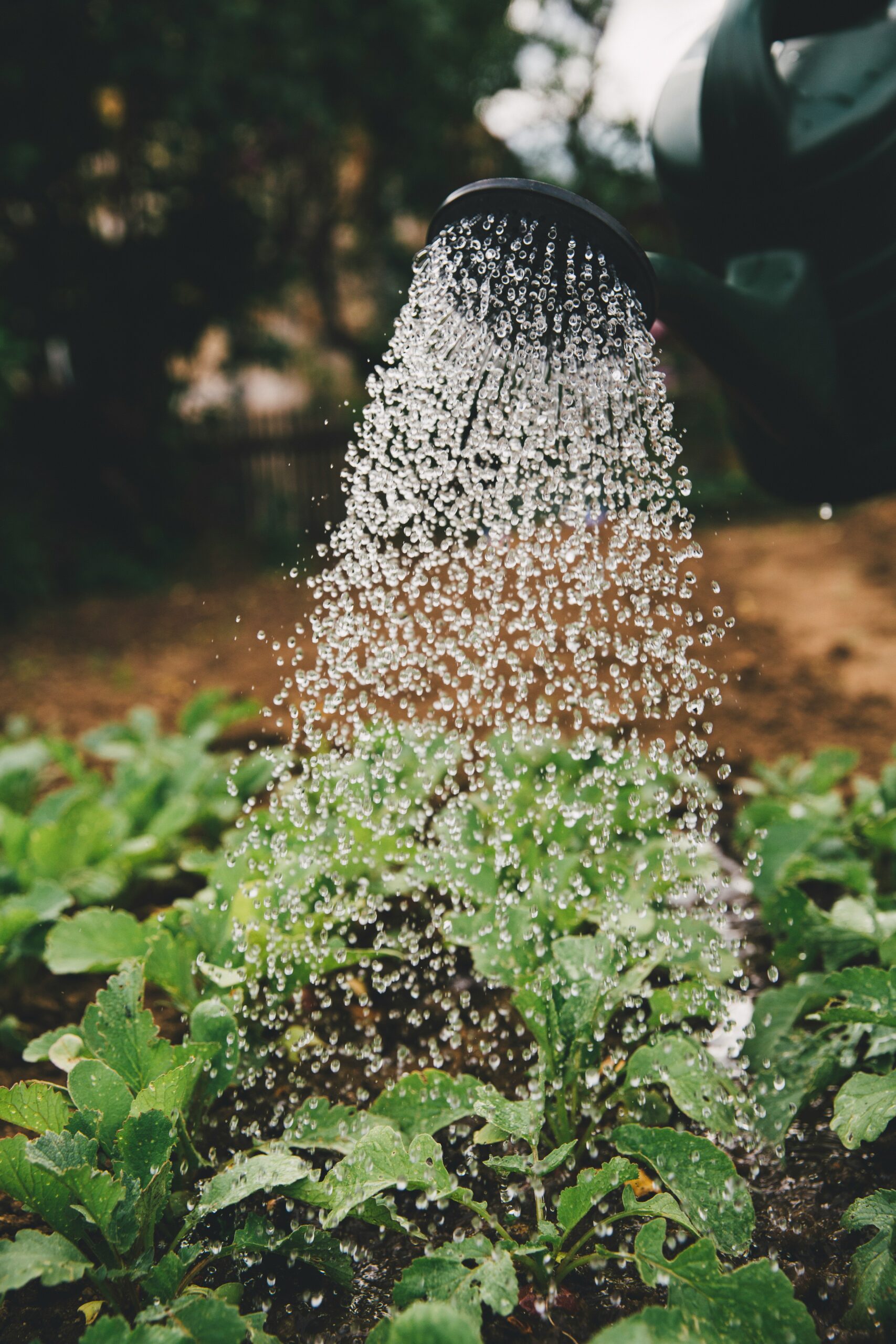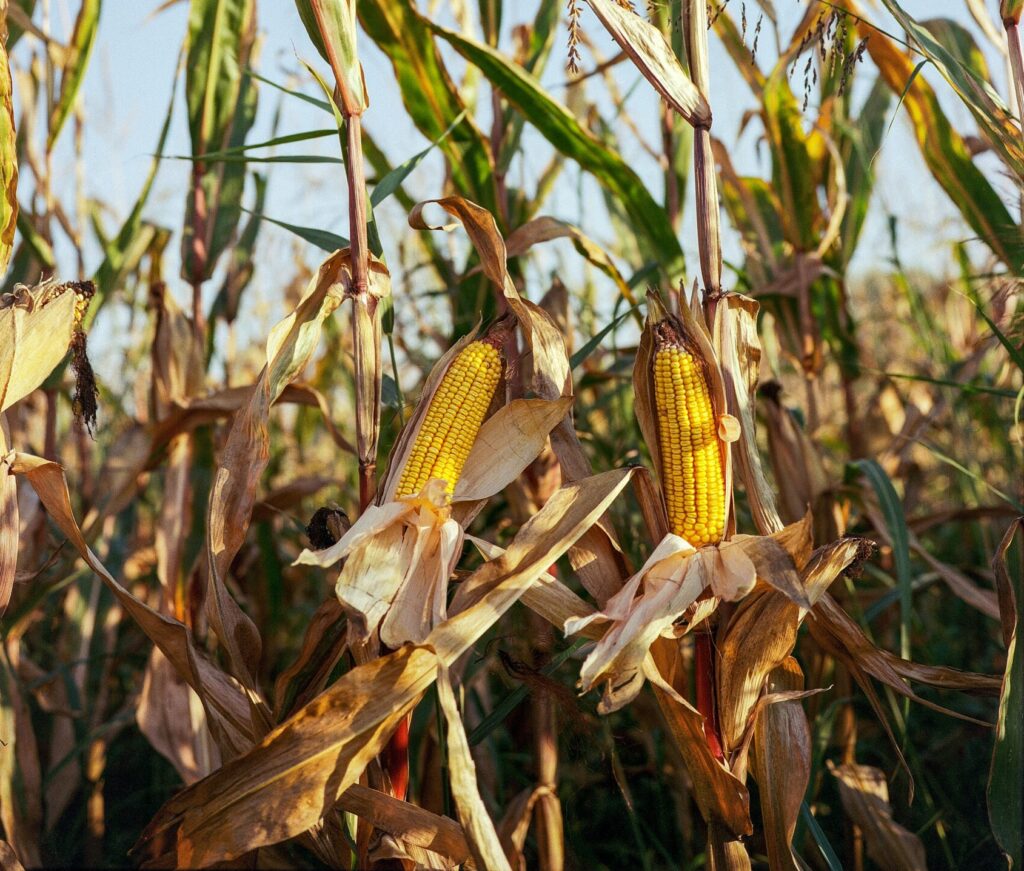Are you thinking about starting your own vegetable garden? Do you dream of plucking fresh tomatoes, crisp lettuce, and juicy carrots right from your backyard? Creating a vegetable garden is a fulfilling and rewarding experience that allows you to enjoy the freshest produce while connecting with nature. But how can you ensure your garden thrives and yields a bountiful harvest? Growing your own veggies can be a fun and rewarding experience. Plus, it’s a great way to enjoy fresh, nutritious produce right from your backyard. But where do you start? Creating a perfect vegetable garden might seem daunting, but with the right approach, anyone can do it. Here are some easy steps to help you get started…
Choose the Right Location:
The first step to a successful vegetable garden is selecting the perfect spot. Look for an area in your yard that receives plenty of sunlight—most vegetables need at least six hours of sunlight each day. Ensure the location has good drainage to prevent waterlogging, which can harm your plants.
Prepare the Soil:
Healthy soil is essential for a thriving garden. Before planting, enrich the soil with compost or well-rotted manure to provide essential nutrients for your plants. Break up any clumps and remove weeds to create a clean and fertile planting bed.
Select suitable Vegetables :
Consider the vegetables you want to grow based on your climate, available space, and personal preferences. Some easy-to-grow options for beginners include tomatoes, lettuce, peppers, cucumbers, and carrots. Start with a few varieties to avoid feeling overwhelmed.
Plant with Care:
Follow the planting instructions for each vegetable, considering factors like spacing and depth. Pay attention to companion planting—some plants grow better together and can help deter pests naturally. Water your newly planted seeds or seedlings gently to avoid disturbing them.
Provide Adequate Water:
Consistent watering is crucial for a healthy vegetable garden. Check the moisture level of the soil regularly and water deeply when needed, especially during dry spells. Aim to keep the soil consistently moist but not waterlogged, as excess water can lead to root rot.
Mulch for Moisture and Weed Control:
Apply a layer of mulch around your plants to help retain moisture in the soil and suppress weed growth. Organic mulches like straw, grass clippings, or shredded leaves also break down over time, enriching the soil with nutrients.
Fertilize as Needed:
Regular fertilization can boost plant growth and productivity. Choose a balanced fertilizer or opt for organic alternatives like compost or fish emulsion. Be mindful not to over-fertilize, as this can harm your plants and contribute to nutrient runoff.
Monitor for Pests and Diseases: Keep an eye out for signs of pests or diseases in your garden, such as chewed leaves, yellowing foliage, or wilting plants. Practice good garden hygiene by removing any affected plants promptly and implementing natural pest control methods like hand-picking or using organic insecticides.
Harvest at the Right Time:
One of the joys of vegetable gardening is harvesting your own fresh produce. Harvest your vegetables when they reach maturity, as this is when they’re at their peak flavor and nutritional value. Use scissors or pruners to avoid damaging the plants, and enjoy the fruits of your labor!
Learn from Experience: Every gardener faces challenges along the way, but don’t be discouraged by setbacks. Take note of what works well in your garden and what doesn’t, and use each season as an opportunity to learn and improve your gardening skills.
By following these easy tips, you can create the perfect vegetable garden and enjoy a plentiful harvest of fresh, nutritious produce right at your doorstep. Happy gardening!
































